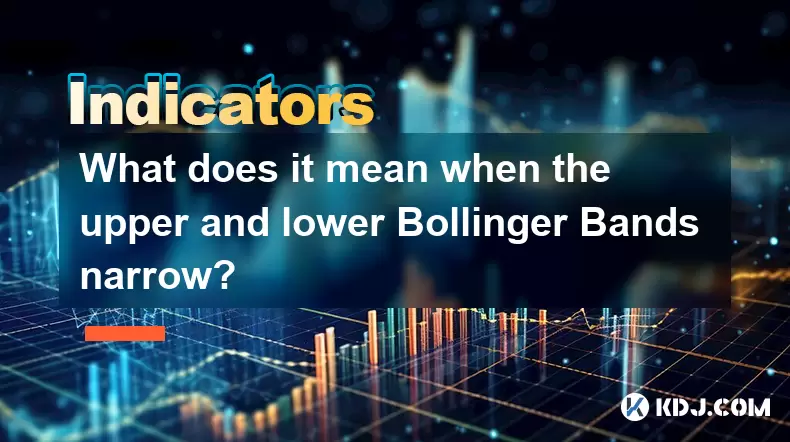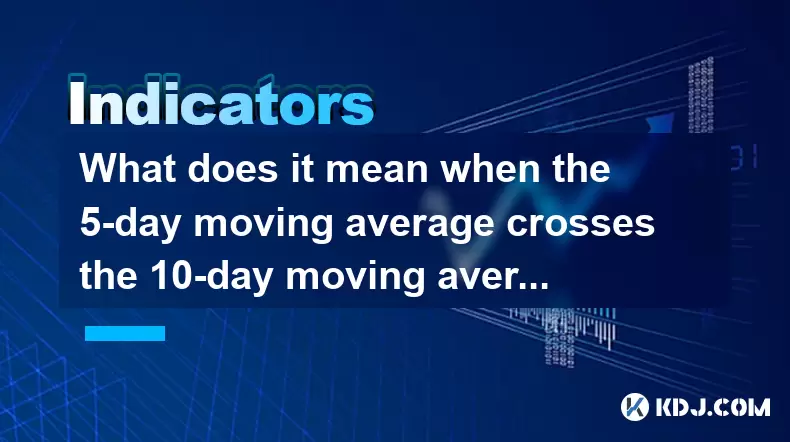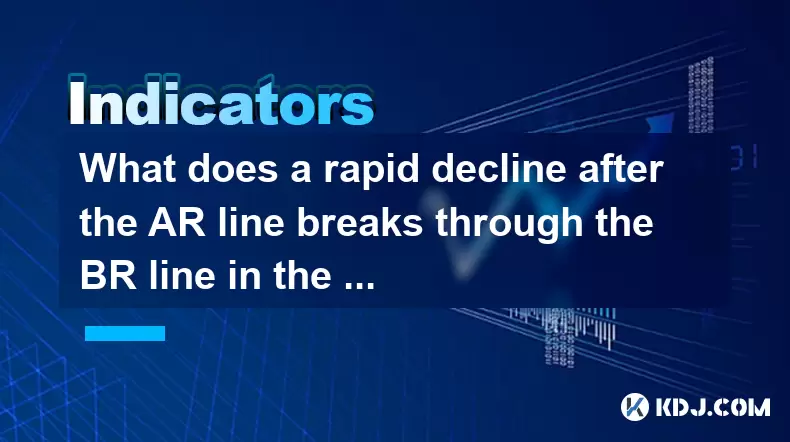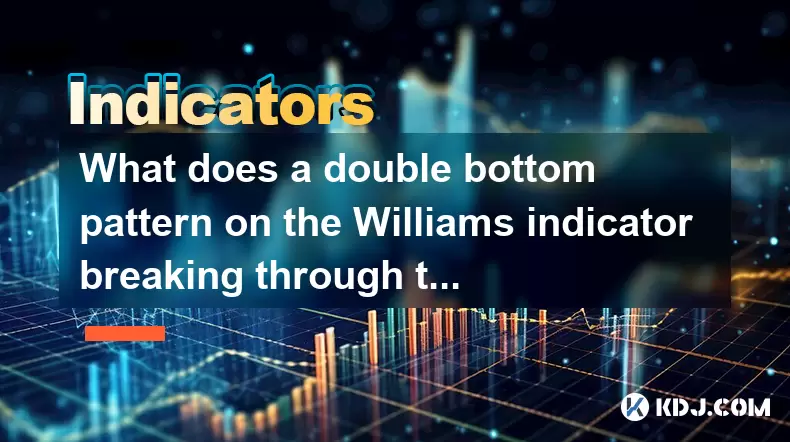-
 Bitcoin
Bitcoin $116400
-0.36% -
 Ethereum
Ethereum $4033
3.40% -
 XRP
XRP $3.302
-1.26% -
 Tether USDt
Tether USDt $1.000
-0.02% -
 BNB
BNB $796.1
1.67% -
 Solana
Solana $177.8
1.89% -
 USDC
USDC $0.9999
0.00% -
 Dogecoin
Dogecoin $0.2314
4.09% -
 TRON
TRON $0.3381
0.14% -
 Cardano
Cardano $0.7989
1.22% -
 Stellar
Stellar $0.4496
-1.84% -
 Chainlink
Chainlink $20.42
9.42% -
 Hyperliquid
Hyperliquid $41.17
0.88% -
 Sui
Sui $3.914
3.77% -
 Bitcoin Cash
Bitcoin Cash $584.7
1.52% -
 Hedera
Hedera $0.2632
-0.54% -
 Avalanche
Avalanche $24.09
3.40% -
 Ethena USDe
Ethena USDe $1.001
-0.02% -
 Litecoin
Litecoin $123.2
1.33% -
 Toncoin
Toncoin $3.318
-0.04% -
 UNUS SED LEO
UNUS SED LEO $8.984
-0.05% -
 Shiba Inu
Shiba Inu $0.00001323
2.85% -
 Uniswap
Uniswap $10.90
4.41% -
 Polkadot
Polkadot $3.999
3.34% -
 Dai
Dai $1.000
0.01% -
 Cronos
Cronos $0.1630
9.64% -
 Bitget Token
Bitget Token $4.484
0.82% -
 Monero
Monero $272.4
2.44% -
 Pepe
Pepe $0.00001173
6.03% -
 Aave
Aave $290.8
2.88%
Can the low-level inverted hammer line be used to buy the bottom? The confirmation signal that must be waited for
The low-level inverted hammer signals a potential market reversal, but traders should wait for confirmation like a bullish next candle or volume spike before buying.
Jun 02, 2025 at 10:01 pm

The inverted hammer is a popular candlestick pattern used by traders to identify potential reversals in the market. Specifically, the low-level inverted hammer line can be a compelling signal for traders looking to buy the bottom. However, it is crucial to wait for confirmation signals before making a trade decision. In this article, we will explore the concept of the low-level inverted hammer, how to identify it, and the confirmation signals that should be waited for before initiating a buy.
Understanding the Inverted Hammer
The inverted hammer is a bullish reversal pattern that forms at the bottom of a downtrend. It is characterized by a small body at the lower end of the trading range, with a long upper shadow that is at least twice the length of the body. The color of the body can be either red or green, but a green body is generally considered more bullish.
The inverted hammer suggests that buyers have started to push back against the sellers, causing the price to rally significantly during the session. However, the sellers manage to push the price back down to near the opening level by the close, indicating that the battle between buyers and sellers is still ongoing.
Identifying a Low-Level Inverted Hammer
A low-level inverted hammer is one that forms near the bottom of a downtrend or at a significant support level. To identify this pattern, traders should look for the following characteristics:
- The pattern forms after a prolonged downtrend: The inverted hammer should appear after a series of lower lows and lower highs, indicating that the market is in a bearish phase.
- The candle has a small body and a long upper shadow: The body should be small, and the upper shadow should be at least twice the length of the body.
- The candle closes near the low of the session: The closing price should be near the low of the session, indicating that sellers still have some control over the market.
- The pattern forms near a significant support level: The inverted hammer should appear near a key support level, such as a previous low, a trendline, or a Fibonacci retracement level.
The Importance of Confirmation Signals
While the low-level inverted hammer can be a strong indication of a potential reversal, it is not a standalone signal. Traders should wait for confirmation before entering a long position. Confirmation signals help to validate the potential reversal and reduce the risk of false signals. Some common confirmation signals include:
- A bullish candlestick on the next session: If the next candle after the inverted hammer is a bullish candle, such as a bullish engulfing pattern or a strong green candle, it can confirm the reversal.
- A break above the high of the inverted hammer: If the price breaks above the high of the inverted hammer, it suggests that the buyers have taken control and the reversal is likely to continue.
- An increase in trading volume: A significant increase in trading volume on the day of the inverted hammer or the confirmation candle can indicate strong buying interest and validate the reversal.
- Technical indicators turning bullish: If technical indicators such as the Relative Strength Index (RSI) or the Moving Average Convergence Divergence (MACD) start to show bullish signals, it can provide additional confirmation of the reversal.
Waiting for the Right Confirmation Signal
Traders should be patient and wait for the right confirmation signal before entering a long position. Rushing into a trade based solely on the inverted hammer can lead to false signals and potential losses. Here are some steps to follow when waiting for confirmation:
- Monitor the next candle: After the inverted hammer forms, closely watch the next candle to see if it confirms the reversal. A bullish candle, such as a bullish engulfing pattern or a strong green candle, can provide the necessary confirmation.
- Set a price alert: Set a price alert above the high of the inverted hammer to notify you if the price breaks above this level. This can be a strong confirmation signal and a good entry point for a long position.
- Watch for volume spikes: Keep an eye on the trading volume to see if there is a significant increase on the day of the inverted hammer or the confirmation candle. A volume spike can indicate strong buying interest and validate the reversal.
- Check technical indicators: Monitor technical indicators such as the RSI and MACD to see if they start to show bullish signals. A bullish crossover on the MACD or an RSI moving above the 50 level can provide additional confirmation of the reversal.
Executing the Trade
Once a confirmation signal is received, traders can execute a long position to buy the bottom. Here are some steps to follow when executing the trade:
- Enter a long position: Once the confirmation signal is received, enter a long position at the current market price or at a slightly higher price to ensure the trade is executed.
- Set a stop-loss order: To manage risk, set a stop-loss order below the low of the inverted hammer or the confirmation candle. This will help to limit potential losses if the reversal fails.
- Set a take-profit order: To lock in profits, set a take-profit order at a reasonable target level based on the potential upside of the reversal. This can be determined by measuring the height of the downtrend or using technical analysis tools such as Fibonacci extensions.
- Monitor the trade: Keep a close eye on the trade and be prepared to adjust the stop-loss and take-profit orders as the market moves. If the price continues to rise, consider trailing the stop-loss order to lock in profits.
Frequently Asked Questions
Q: Can the inverted hammer be used as a standalone signal to buy the bottom?
A: No, the inverted hammer should not be used as a standalone signal to buy the bottom. It is important to wait for confirmation signals, such as a bullish candlestick on the next session, a break above the high of the inverted hammer, an increase in trading volume, or technical indicators turning bullish, before entering a long position.
Q: How can I identify a significant support level for the inverted hammer?
A: A significant support level for the inverted hammer can be identified by looking at previous lows, trendlines, or Fibonacci retracement levels. These levels indicate areas where the price has historically found support and can provide a strong foundation for the potential reversal.
Q: What should I do if the price breaks below the low of the inverted hammer after a confirmation signal?
A: If the price breaks below the low of the inverted hammer after a confirmation signal, it may indicate that the reversal has failed. In this case, traders should consider exiting the long position and cutting their losses. It is important to have a stop-loss order in place to manage risk and limit potential losses.
Q: Can the inverted hammer be used in conjunction with other technical analysis tools?
A: Yes, the inverted hammer can be used in conjunction with other technical analysis tools to increase the probability of a successful trade. Traders can combine the inverted hammer with indicators such as the RSI, MACD, or moving averages to confirm the potential reversal and identify entry and exit points.
Disclaimer:info@kdj.com
The information provided is not trading advice. kdj.com does not assume any responsibility for any investments made based on the information provided in this article. Cryptocurrencies are highly volatile and it is highly recommended that you invest with caution after thorough research!
If you believe that the content used on this website infringes your copyright, please contact us immediately (info@kdj.com) and we will delete it promptly.
- Decentralized Data: Taking the Driver's Seat in the Data Economy
- 2025-08-09 14:30:11
- Bitcoin vs. Gold: The Store-of-Value Showdown in the Digital Age
- 2025-08-09 14:30:11
- BlockDAG, Stellar, and Crypto Adoption: Navigating the Hype
- 2025-08-09 14:50:12
- Litecoin Price Surge: Riding the Wave of Institutional Interest and ETF Hopes
- 2025-08-09 14:50:12
- Chainlink's Wild Ride: Whales Are Still Loading Up on LINK!
- 2025-08-09 15:10:11
- Ruvi AI: Solana's New Challenger Dominating Token Sales with AI Innovation
- 2025-08-09 14:55:15
Related knowledge

What does it mean when the Triple Moving Average (TRIX) turns downward but the price doesn't fall?
Aug 09,2025 at 12:42pm
Understanding the Triple Moving Average (TRIX) IndicatorThe Triple Moving Average, commonly known as TRIX, is a momentum oscillator designed to filter...

What does it mean when the Williams' oscillator repeatedly hits bottoms but fails to rebound?
Aug 09,2025 at 09:28am
Understanding the Williams %R OscillatorThe Williams %R oscillator, developed by Larry Williams, is a momentum indicator used in technical analysis to...

What does it mean when the upper and lower Bollinger Bands narrow?
Aug 09,2025 at 03:00pm
Understanding Bollinger Bands in Cryptocurrency TradingBollinger Bands are a widely used technical analysis tool in the cryptocurrency market, develop...

What does it mean when the 5-day moving average crosses the 10-day moving average but the 20-day moving average remains upward?
Aug 09,2025 at 03:35pm
Understanding Moving Averages in Cryptocurrency TradingMoving averages are foundational tools in technical analysis, especially within the cryptocurre...

What does a rapid decline after the AR line breaks through the BR line in the ARBR indicator indicate?
Aug 09,2025 at 04:42pm
Understanding the ARBR Indicator ComponentsThe ARBR indicator is a technical analysis tool that combines two oscillators: the AR (Amplitude Ratio) and...

What does a double bottom pattern on the Williams indicator breaking through the 50-day midline indicate?
Aug 09,2025 at 10:56am
Understanding the Williams %R IndicatorThe Williams %R indicator, developed by Larry Williams, is a momentum oscillator that measures overbought and o...

What does it mean when the Triple Moving Average (TRIX) turns downward but the price doesn't fall?
Aug 09,2025 at 12:42pm
Understanding the Triple Moving Average (TRIX) IndicatorThe Triple Moving Average, commonly known as TRIX, is a momentum oscillator designed to filter...

What does it mean when the Williams' oscillator repeatedly hits bottoms but fails to rebound?
Aug 09,2025 at 09:28am
Understanding the Williams %R OscillatorThe Williams %R oscillator, developed by Larry Williams, is a momentum indicator used in technical analysis to...

What does it mean when the upper and lower Bollinger Bands narrow?
Aug 09,2025 at 03:00pm
Understanding Bollinger Bands in Cryptocurrency TradingBollinger Bands are a widely used technical analysis tool in the cryptocurrency market, develop...

What does it mean when the 5-day moving average crosses the 10-day moving average but the 20-day moving average remains upward?
Aug 09,2025 at 03:35pm
Understanding Moving Averages in Cryptocurrency TradingMoving averages are foundational tools in technical analysis, especially within the cryptocurre...

What does a rapid decline after the AR line breaks through the BR line in the ARBR indicator indicate?
Aug 09,2025 at 04:42pm
Understanding the ARBR Indicator ComponentsThe ARBR indicator is a technical analysis tool that combines two oscillators: the AR (Amplitude Ratio) and...

What does a double bottom pattern on the Williams indicator breaking through the 50-day midline indicate?
Aug 09,2025 at 10:56am
Understanding the Williams %R IndicatorThe Williams %R indicator, developed by Larry Williams, is a momentum oscillator that measures overbought and o...
See all articles

























































































